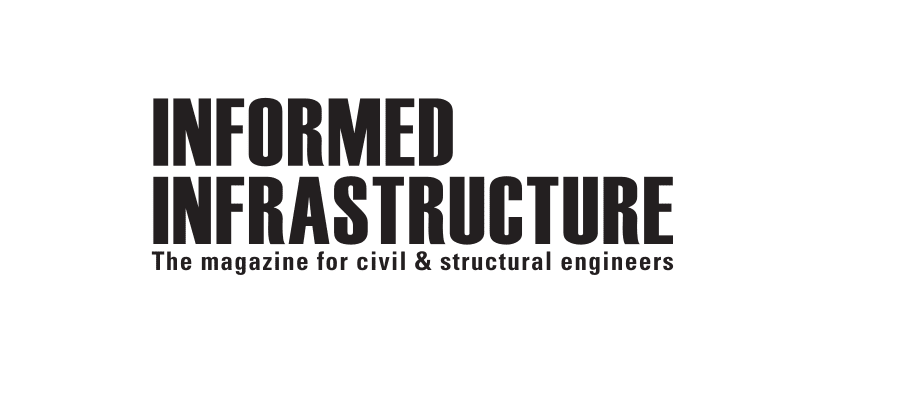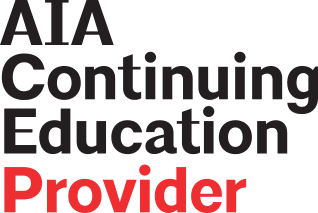Free registration required before viewing this course
Already have an account? Click here to log in.
Practical Design Considerations That Can Extend The Service Life Of Metal Buried Bridge And Culvert Structures
Course Information
Buried bridges can be described as a buried structure with a clear span of 20 feet or greater that supports an embankment and engages the passive support of the backfill material surrounding it. There are many different types of buried bridges used in highway construction. Some solutions are constructed from concrete; others utilize steel or aluminum in their designs. Buried culvert pipes utilize the same passive soil support and share many similar issues that impact the service lives of these structures.
Buried structures frequently offer advantages over traditional slab bridges. Pavement design and maintenance are simplified with buried structures, as the same pavement design used in the roadway profile can typically be utilized over the buried structures. Buried pipes and bridges often provide accelerated design and construction schedules as compared to conventional bridges. Because buried structures help dissipate surface live loads, they frequently can utilize full inverts or shallow foundations and eliminate the need for piling or other deep foundations commonly used in conventional bridge construction. All of these advantages often lead to lower installed costs as well.
In addition, buried pipe and bridge structures typically require less maintenance than conventional bridges. However, as with any structure, there are some design elements that should be considered to help decrease the ongoing maintenance of the structure and extend its service life.
Author
Darrell Sanders, P.E.Learning Objectives
- What advantages buried bridge structures provide as compared to conventional bridge structures.
- How material selection impacts the anticipated service life of buried drainage structures.
- How to protect structures from salts and de-icing solutions in northern climates.
- How to extend the service life of buried structures by protecting or eliminating their inverts.
- How buried inverts can have a positive impact on the flow capacity of a buried structure.
- How the choice of structural backfill can influence the service life of the structure it surrounds.
Abstract
The Professional Development Series is a unique opportunity to earn continuing education credit by reading specially focused, sponsored articles in Informed Infrastructure. If you read the following article, display your understanding of the stated learning objectives, and follow the simple instructions, you can fulfill a portion of your continuing education requirements at no cost to you. This article also is available online at www.v1-education.com.
Already have an account? Click here to log in.





